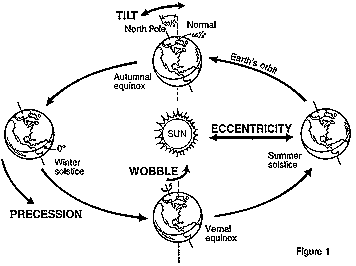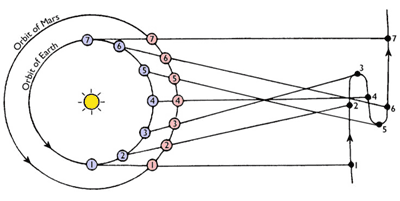What is the Hubble Space Telescope?
 |
| Fig. 5 Hubbles Orbit [5] |
Travelling at eight kilometres per second, five hundred and seventy kilometres above sea level [3], the legendary Hubble Space Telescope soars overhead once every hour and a half [1]. This one and a half billion dollar (at launch) scientific marvel was the first of its kind [3], a telescope mounted in the fabric of space, high above the ionosphere [1]. The uniqueness and placement of the Hubble Space Telescope are ultimately due to its base purpose, to see past the light distortions caused by Earth's atmosphere. These distortions consisted of too many variables to manually and individually address, from twinkling lights caused by shifting air pockets to the dampening of ultraviolet, gamma rays and X-rays as they passed through the atmosphere. Naturally, an easy solution to all of these problems was to place a telescope in space beyond Earth's protective veil [7].
The Hubble Space Telescope is a type of telescope known as a Cassegrain reflector [1]. Essentially, this means that it is fundamentally composed of 2 mirrors, a primary and a secondary. Light reflected off the primary mirror is funnelled by the secondary mirror, and focused through a doughnut hole in the primary mirror. This focusing of light causes an incredible increase in light collection and therefore exposure, creating a much clearer, brighter image [8]. Interestingly, the distortions caused by the atmosphere are so significant that even though Hubble's primary mirror was significantly downsized (due to budget issues) to two meters and forty centimetres, the images it produces outclass the competition by far. This is even more surprising in a relative sense, when considering that at its size, Hubble's primary mirror is only about twenty five percent the size of a mirror in a ground telescope [1].
 |
| Fig. 4 Hubble Inner Workings [4] |
Not only is Hubble an imposing one of a kind telescope, it is also a high functioning space observatory. The hundred and twenty gigabytes of data collected by Hubble per week [3] is analyzed by the treasure trove of scientific instruments it carries and is then transmitted via antennae to the Goddard Space Flight Centre. There the information is compiled and forwarded to the Space Telescope Science Institute to be consolidated, organized and then stored for safe keeping [1]. The brain of Hubble is controlled by two separate computers, and much like the left and right hemispheres of the human brain, they control separate functions. One computer controls the fundamental systems of the observatory including positioning the telescope; receiving satellite signals with instructions from Md. Engineers, while the other handles all of the scientific instruments [7].
Hubble History:
 |
| Fig. 6 Hermann Obeth [6] |
The first recorded instance of a proposal for a space telescope occurred over a half century before the launch of Hubble. In 1923,Hermann Obeth suggested in his book titled "Die Rakete Zu Den Planetraumen", that it would be possible to blast a telescope into space on a rocket. Due to technological restrictions this idea would be cast aside, not to be taken seriously again until just over two decades later [4]. Lyman Spitzer Jr. was the one who reignited the torch. He submitted a proposal for a space observatory in 1946, the space observatory that would eventually become known as Hubble. Over the next twenty three years Spitzer Jr. worked tirelessly, trying to convince NASA that the space telescope would be of insurmountable usefulness and finally, in 1969 the Large Space Telescope project was born [6].
Soon the intrigue of the Space Telescope spread to other nations and by 1975 the European Space Association began to collaborate with NASA on the Large Space Telescope. Not surprisingly, with the interest building, less than two years later Congress approved funding for the project [1]. With the project now in full swing there were many important decisions to be made. The Marshall and Goddard Space Flight Centres and Perkin-Elmer Corporation were chosen for their expertise to over see various tasks involved in Hubble's completion. As already mentioned, the Goddard Space Flight Centre was to deal with the transmission of Hubble's valuable data upon completion. Prior to launch they were also responsible for the design of the many scientific instruments aboard the observatory including the
Wide Field and Planetary Camera, the High Speed Photometer, the Faint Object Spectrograph, the Faint Object Camera
and the Goddard High Resolution
Spectrograph. The design for the actual telescope however fell on the shoulders of Marshall Space Flight Centre and their completed plans were sent to Perkin-Elmer Corporation for construction [6].
With construction underway, efforts were refocused on other preparations that needed to be made and by 1979, six years before the completion of the telescope, they began training astronauts for the upcoming missions [1]. In 1981 the primary mirror had been completed and four years later, Hubble was born [4]. Excitement soaring and tensions rising, Hubble was set to launch early 1986, all eyes were on the sky. Unfortunately, tragedy struck in the form of the Charger shuttle explosion; a space shuttle burst while lifting off causing a panic. All missions were to be grounded and the launch for Hubble was delayed [6]. Thankfully, order returned within just a few months and Hubble was carried into orbit by the shuttle Discovery before the years end [3].
 |
| Fig. 7 Charge Explosion [7] |
The excitement of Hubble's successful launch would be short lived, for once the first photos returned by Hubble were collected they were found to be far too blurry; they were still an improvement over previous images, but were a far cry from expectations [1]. Through various calculations scientists realised that Hubble's primary mirror had a tiny, almost indiscernible flaw that was causing an unintentional bend in light, creating distortions in the images. In essence, the flaw in Hubble's main mirror was that it was too flat by roughly one fiftieth of a hair. Since the flaw in the mirror was so small, and an error in missing volume there was no good way to directly repair the mirror and replacing the entire mirror in space was infeasible. Instead, scientists calculated the placement of several smaller mirrors that would be placed inside Hubble to redirect the distorted light [2]. The next several years were dedicated to preparations for Hubble's first service mission; the parameters of which were extended to include upgrading the High Speed Photometer to the COSTAR as well as the Wide Field and Planetary Camera to the Wide Field and Planetary Camera 2 [1].
On December 2, 1993, after almost a year of harsh training, an elite team was sent up to perform repairs on Hubble, its first service mission. This was one of the most important space missions of all time, for not only was it a very technical task on an incredibly expensive and fragile piece of equipment, but it was also the first real test of whether or not telescope repairs in space would be viable. The renovations on Hubble took place over the next seven days, over which the repairs and upgrades were completed in addition to some minor maintenance and replacing perishable parts [1]. Luckily, all of the tasks performed by the service team went without a hitch and all of Hubble's images thereafter were clear as a "crisp spring morning".
Over then next two decades Hubble would receive three more service missions as well as numerous operations extensions. In 1997 service mission two was launched, installing new instruments on board the observatory [4] as well as extending its life from 2005 to 2010 [2]. Service mission three was split into two trips, one in 1999 to fully overhaul Hubble's systems and one in 2002 simply to install instruments once again [4]. Hubble's fourth service mission was scheduled for 2006, but much like its launch, was delayed by another space shuttle explosion, the Columbia disaster [1] and would not occur for another three years. Finally, in 2009, Hubble was serviced for the last time, adding new instruments and performing final maintenance checkups [4]. This last mission maxed Hubble's lifetime to last until 2014 [1].
After two and a half decades of service, Hubble is reaching the end of its days. Its parts have slowly but surely degraded and aged, making them more difficult to and less worth replacing. Originally, Hubble had been planned to be retrieved, but now it will be left in orbit until it completely loses functionality and plummets back to Earth or is thrown into the dark depths of space [1]. Finally, once Hubble's usefulness is completely expired it will be replaced by the James Webb Space Telescope [9].
Achievements and Importance:
The ultimate power of Hubble's sight is not the images that it takes, but the vast expanse of accessable information it provides. Anyone can request time on the telescope and if approved by a comittee of proffessionals, have a year to collect and organise as much information as possible. Once a year is up the information is published to the public and becomes accessable to anyone [1]. Ironically, but not surprisingly time on the famed Space Telescope is hard to come by and only about twenty percent of proposals and selected [1].
Among the over ten thousand documents published based on Hubble information [1] some note worthy examples are:
- Discovering two moons of Pluto [5]
- discovered that gamma ray bursts were caused by incredibly massive stars collapsing in on themseleves when they no longer have the critical density to remain stable [1].
- increased the accuracy of the estimate for the age of the universe by a significant amount by measuring the pulsing of Cepheid variable stars [5]
Below are three of Hubble's most prominant images:
In Fig. 1 below is a massive galaxy, so massive in fact that many astronomers did not believe it could exist. They did not believe a galaxy could have formed so completely in such a short time. Not only is it incredibly massive, it is increidbly old as well, dating back to almost eleven billion years of age, brinking on the dawn of the universe. This "grand-design" spiral galaxy is the oldest galaxy ever discovered and would not have been seen without the Space Telescope. [12]
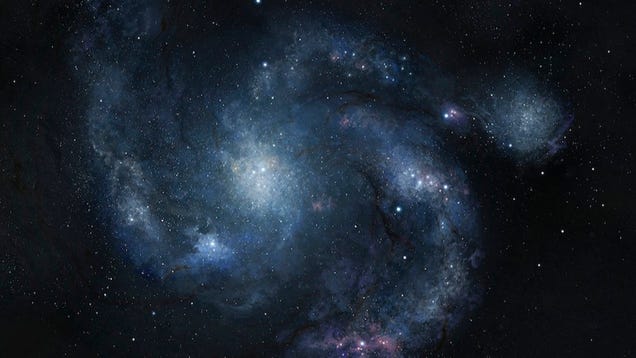 |
| Fig. 1 "Grand-Design" spiral galaxy [1] |
Depicted in Fig. 2 is a glimpse into our far future. Milllions of years from now the Milky Way and the Andromeda Galaxy will collide [10]. The swirling mass in the image below are the galaxies NGC 7714 and NGC7715. Passing close enough to eachother, their respective massive gravities began to affect eachotehr greatly. One day this glorious view will beam across our very own horizions and this may be the only real glimpse of it this generation will ever see [13].
In Fig. 3 is a portion of the famous Hubble Deep Field. This is one of the largest and most important images ever take by Hubble. In it, over a thousand five hundred galaxies can be seen, of densly various types. This has lend to a much greater understanding of the formation of galaxies through camparing the images of galaxies at different ages [14].
Works Cited:
- http://hubblesite.org/the_telescope/hubble_essentials/
- http://www.aerospaceguide.net/spacehistory/hubble-history.html
- http://content.time.com/time/photogallery/0,29307,1897016,00.html
- http://www.spacetelescope.org/about/history/
- http://www.space.com/15892-hubble-space-telescope.html
- http://www.nasa.gov/mission_pages/hubble/story/the_story.html
- http://en.wikipedia.org/wiki/Hubble_Space_Telescope
- http://www.britannica.com/EBchecked/topic/98119/Cassegrain-reflector
- http://www.jwst.nasa.gov/
- http://en.wikipedia.org/wiki/Andromeda%E2%80%93Milky_Way_collision
- http://www.space.com/15947-milky-andromeda-galaxies-collision-simulated-video.html
- http://io9.com/5927315/hubble-has-spotted-an-ancient-galaxy-that-shouldnt-exist
- http://www.space.com/28583-galaxy-merger-hubble-telescope-photo.html
- http://en.wikipedia.org/wiki/Hubble_Deep_Field#/media/File:HDF_extracts_showing_many_galaxies.jpg
Figures:
- http://i.kinja-img.com/gawker-media/image/upload/s--n4NKplLg--/c_fit,fl_progressive,q_80,w_636/17tatwtoiu44djpg.jpg
- https://blogger.googleusercontent.com/img/proxy/AVvXsEgwHTS3JW5Mnp1fveFMkZNqzX8tAcnrXHODC1tSKQmjMcCI5Xe6iJ49hfMmFQzlDYcAhdB2FUFtYkkhIwFqDPZnlTa_d2858iPu-xe4Z7wcL1Km1kvoVJx0b0C_BOoP9BCgRa8fN28dZFtTI-BEA3G4GlJbU7Hos9-1bd8b2gRCiXd5Ag=
- http://upload.wikimedia.org/wikipedia/commons/0/03/HDF_extracts_showing_many_galaxies.jpg
- https://blogger.googleusercontent.com/img/b/R29vZ2xl/AVvXsEig-CZ89MpdLpXs43w5_pkcEPTG5QVoxMujMnqGEjnczuWPIUoZXkEgVQ7jDHs29b0WthWlZzK30KQBS9S4tInhl6zAoLi2UBA9iWQbaALZEY5fh-0s7TMEhZFtTSEv0B5NYi48BW0UBO1n/?imgmax=800
- http://amazing-space.stsci.edu/news/archive/2008/03/graphics/hst_orbitposition.jpg
- http://upload.wikimedia.org/wikipedia/commons/c/cc/Photo_of_Hermann_Oberth_-_GPN-2003-00099.jpg
- http://vignette3.wikia.nocookie.net/ethics/images/f/fe/Challenger-disaster-myths-explosion_31734_600x450.jpg/revision/latest?cb=20130129201106






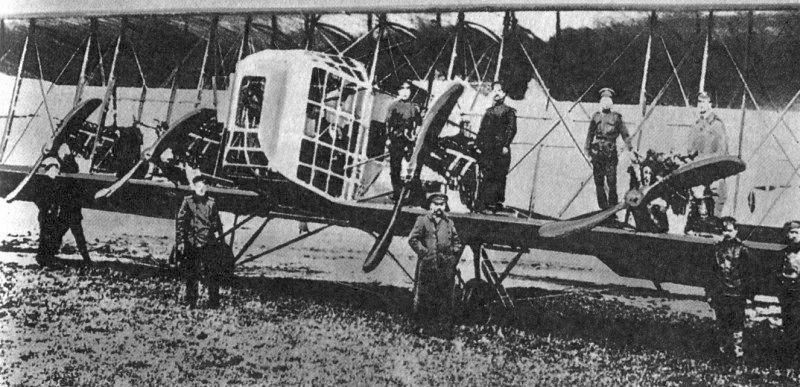
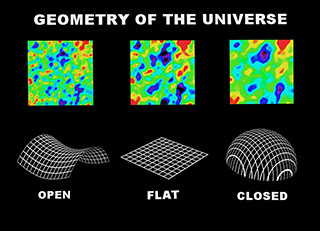









,_title,_p._5,_color.jpg)



